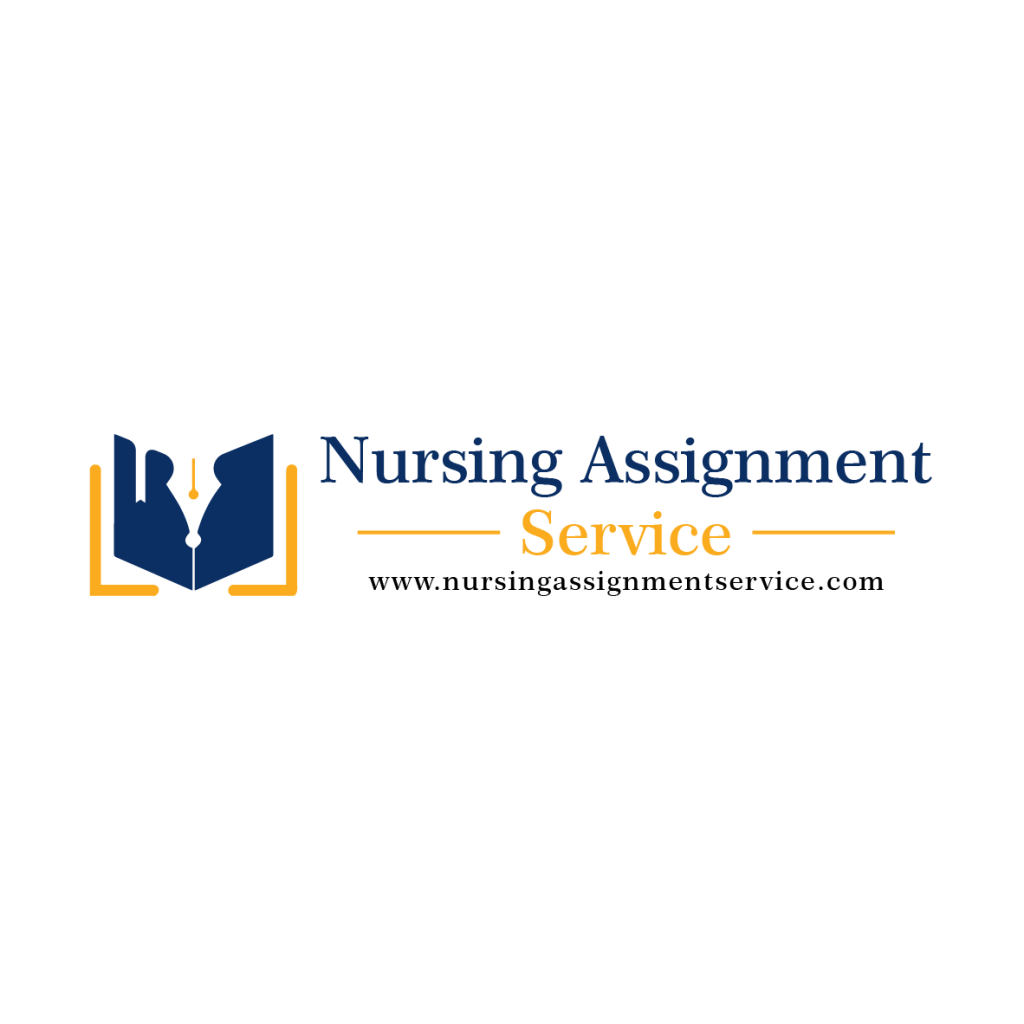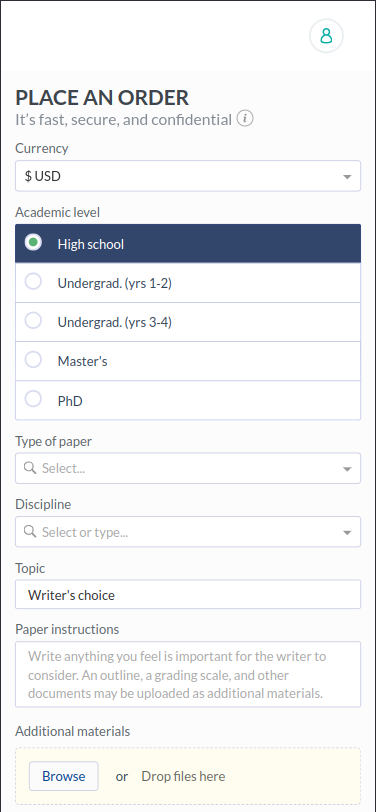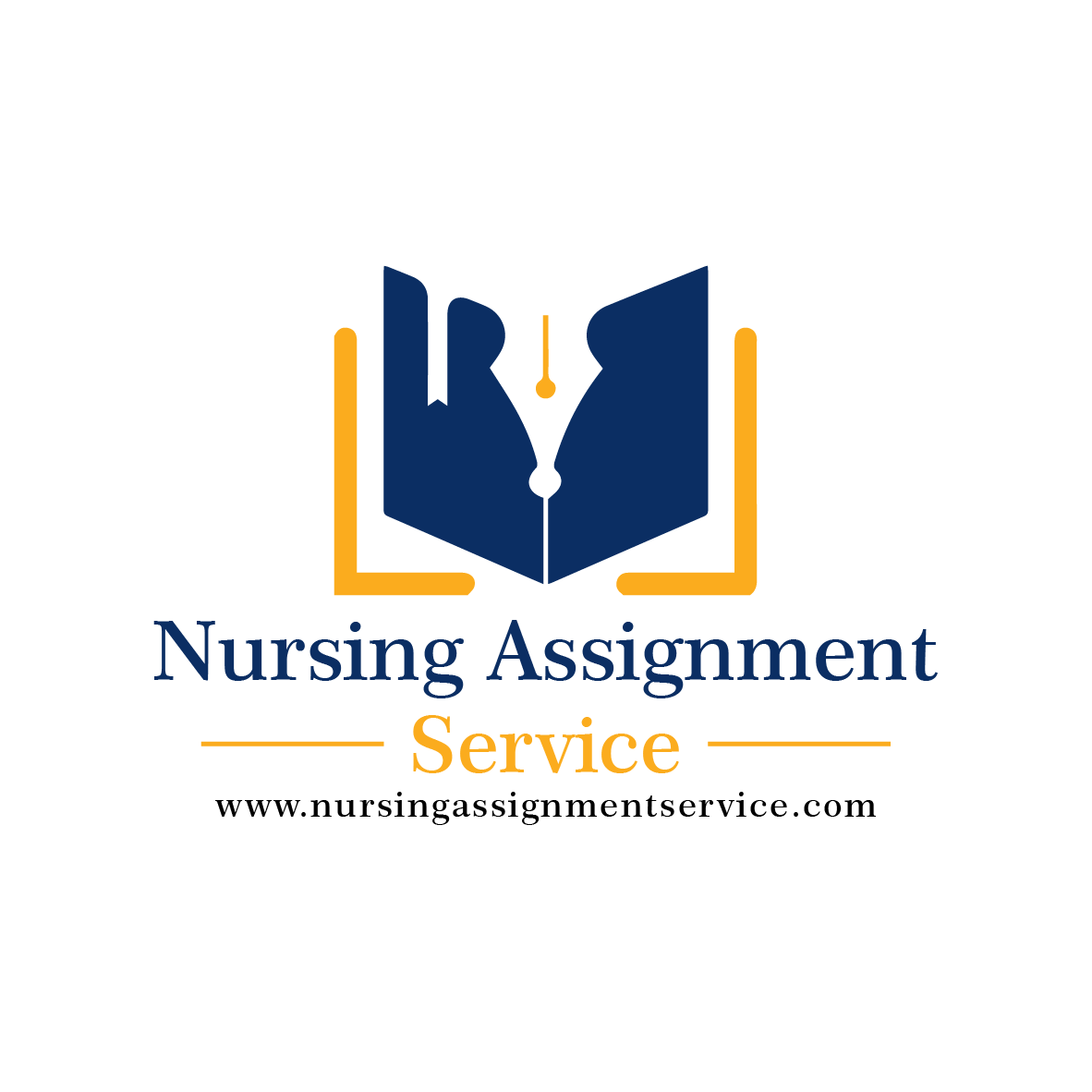NRNP 6541 Week 6 Spring Midterm Exam
Question 1
Deaths from sudden infant death syndrome (SIDS) have decreased since the AAP recommended:
A) That all babies sleep on their backs
B) That all babies be awakened every two hours during the night
C) That all babies sleep with a pacifier
D) That babies who have asthma sleep on their sides
Question 2
Viral conjunctivitis may be caused by:
A) An adenovirus
B) Herpes simplex
C) Enterovirus
D) All of the above
Question 3
Cora is a first-time mother. Her baby was born at 40 weeks and weighed 8 pounds, 1 oz. Cora is breastfeeding her baby. The baby is voiding 6-8 wet diapers every 24 hours and is stooling 3-5 times/day. She brings her baby in for a 1 week checkup and her baby weighs 7 lbs., 15 oz. Cora is upset at the weight loss. You explain to her:
A) It is indeed concerning. Babies need to gain weight steadily.
B) This is not something to worry about. Babies typically lose 5-8% of birth weight but should regain it by 10-14 days.
Babies do lose weight initially, but she should at least be back to birth weight by now. I will need to do a weight check tomorrow.
This is extremely concerning. We need to admit your baby back into the hospital.
Question 4
Fecal incontinence after an age when the child should be able to control bowel movements is called:
A) Enuresis
B) Encopresis
C) Stool retention
D) Diarrhea
Question 5
Mumps is an acute generalized viral disease with painful enlargement of one or more:
A) Parotid glands
B) Parathyroid glands
C) Tonsils
D) Adenoids
Question 6
A) The most effective means of preventing the spread of infection is:
A) Using antibacterial wipes on every surface with which one comes into contact.
B) Using a tissue to cover the mouth and nose when sneezing and coughing.
C) Wearing gloves.
D) Thorough and frequent handwashing.
Question 7
In fetal circulation, the oxygenation of the blood occurs in:
A) The lungs
B) The placenta
C) The umbilical vein
D) The portal vein
Question 8
Jonathan comes in with a wart on his finger. In discussing this with his parent, a decision is made to proceed with cryotherapy. When discussing the procedure with Jonathan and his mother, you tell them:
- When I complete the procedure, the wart will be gone but you will need to keep the area covered for 48 hours to reduce the risk of infection.
- There is a chance that one treatment may not completely resolve the wart and it may need to be retreated.
- When you leave, the wart will not be gone. A blister will form over the next 1-2 days and it should gradually resolve.
- B and C
Question 10
School-age children tend to be rather ________ in their sense of right or wrong.
A) Flexible
B) Rigid
C) Fluid
D) Relaxed
Our team of expert nursing writers at Nursing Assignment Service can has answers for NRNP 6541 Week 6 Midterm Exam, enter your details here to receive the answers.
Question 11
A developmental red flag for a six-year-old is:
A) Difficulty writing neatly with a pencil
B) Problems balancing on one leg for 10 seconds
C) Unable to print first and last name
D) Drawing a picture of self which includes less than 8 parts
Question 13
At birth, a newborn can see:
A) About 8-12”
B) With 20/20 vision
C) Across a room
D) About 20 feet
Question 14
Night terrors are characterized by:
A) A sudden arousal from sleep to a fully awake state
B) Occur during sleep and the child does not remember them the following day
C) Are recalled in detail the following day
D) Occur during REM sleep
E) B and D
Question 15
Families and older children with innocent murmurs should be:
A) Told that this can be very concerning, and exercise should be limited.
B) Told that they should stay on a low sodium diet and exercise 20 minutes daily.
C) Reassured there is no cardiac pathology
D) Sent immediately to the cardiologist
Question 16
A persistent unilateral nasal discharge may be a sign of:
A) A URI
B) A nasal foreign body
C) A migraine headache
D) Allergies
Question 17
Ophthalmia neonatorum, or conjunctivitis of the newborn, is most commonly caused by:
A) Staphylococcus aureus.
B) Pseudomonas
C) Escherichia coli
D) Chlamydia trachomatis
Question 18
A non-contact infrared forehead thermometer can also be used on the __________ if the forehead is not available.
A) Wrist
B) Earlobe
C) Knee
D) First finger
Question 19
During the day, a newborn should breastfeed about:
A) Every hour
B) Every 2-3 hours
C) Every 4-6 hours
D) Three times a day
Question 20
It has been found that children who participate in after-school activities have:
A) Decreased self esteem
B) Better school grades
C) Poorer emotional skills
D) Higher incidence of depression
More NRNP 6541 Week 6 Midterm Exam Questions
Question 21
Things to monitor in a child with Marfan syndrome include:
A) Growth using a specialized growth chart
B) Orthopedic problems
C) Blood pressure
D) All of the above
Question 22
When performing a newborn ophthalmic exam, it is important to note:
- Can fix on and follow a toy in all directions.
- That a red reflex is present.
- That tears are present
- B and C
- A, B, and C
Question 23
Patients with CF have an 85% rate of:
A) Pancreatic insufficiency
B) Hepatomegaly
C) Gastritis
D) Ulcerative colitis
Question 24
Retinoblastsoma is:
A) Another term for congenital cataracts.
B) Common in premature infants.
C) An intraocular tumor.
D) An infection of the retina.
Question 25
The National Heart, Lung, and Blood Institute (NHLBI) recommends measuring blood pressures annually and at every health care episode at:
A) Birth
B) Age 1 year
C) Age 3 years
D) Age 5 years GET EXAM HELP NOW
Question 26
The following are barriers to care
- Financial issues
- Insurance issues
- Clinic services that are available outside working hours
- A and B
- A, B, and C
Question 27
Physical findings of patients with infectious mononucleosis may include:
A) Lymphadenopathy
B) Tonsillopharyngitis
C) Splenomegaly
D) All of the above
Question 28
In the first 3-4 days of life, the baby should urinate approximately _____ times in 24 hours.
A) 1-2
B) 3-4
C) 6-8
D) 12-15
Question 29
A common name for a pertussis infection is:
A) Polio
B) Whooping cough
C) Chicken pox
D) Diphtheria
Question 30
Trisomy 21 is also known as:
A) Klinefelter syndrome
B) Turner syndrome
C) Down syndrome
D) Fragile X syndrome
Question 31
Otitis externa is:
- A diffuse inflammation of the external auditory canal.
- An infection of the tympanic membrane.
- Also known as an infection of the labyrinthine
- Commonly known as “swimmer’s ear”.
- A and D
Question 32
The largest organ of the body is the:
A) Heart
B) Lung
C) Skin
D) Liver
Question 33
Sheila is a five-year-old who comes in with a pruritic area on her left arm. Mom denies changing any soaps, detergents, lotions, etc. The only thing new in their environment is a new cat they adopted that had been “hanging around” outside the house. On exam, you note that there is an area on the left forearm that is an oval, flat, scaly, slightly erythematous patch that has well defined borders. Based on this information, this lesion is most consistent with:
A) Tinea corporis
B) Impetigo
C) Scarlet fever
D) Varicella
Question 34
A subconjunctival hemorrhage:
A) Is very painful
B) Results from the bursting of conjunctival vessels
C) Needs surgical drainage
D) Results in immediate vision loss
Question 35
The mode of transmission for shigella is:
A) Respiratory
B) Fecal-oral
C) Skin contact
D) Contact with blood, urine, or saliva
Question 36
Mastoiditis is most common in:
A) Children younger than 2 years
B) School-aged children
C) Teenagers
D) Elderly individuals
Question 37
Justine has a three-month-old baby. She is breastfeeding and all has been going well. The baby is voiding 6-8 times every 24 hours, but Justine is concerned because the baby only has a bowel movement every 3-4 days. She is curious if the baby is chronically constipated. The baby is alert and appears happy. Exam is unremarkable. You tell Justine:
A) That is quite odd. We need to start the baby on some laxatives to get things moving.
B)This is common in babies. As many as 40% of infants do not stool every day.
C)This is quite uncommon in breastfed babies. We should do an abdominal ultrasound to see if there is an anatomical problem.
D) I am going to prescribe some glycerin suppositories for the baby to soften things up and get things moving.
Question 38
Erythema infectiosum is also known as,
A) Third disease
B) Roseola
C) Fifth disease
D) Strep throat
Question 39
The transmission of HIV to infants can occur in the following way(s):
- In utero transmission
- Intrapartum transmission
- Breastfeeding
- B and C
- A, B, and C
Question 40
In Erikson’s Developmental theory, the first stage (0-12 months) which is the stage of:
A) Trust vs. mistrust
B) Autonomy vs shame
C) Intimacy vs isolation
D) Initiative vs guilt
More NRNP 6541 Week 6 Midterm Exam Questions
Question 41
The World Health Organization (WHO) recommends handwashing for:
A) 10 seconds
B) 20-30 seconds
C) 40-60 seconds
D) 2 minutes
Question 42
A respiratory rate greater than _____ in a young child who is quiet, resting, and afebrile warrants further evaluation.
A) 16
B) 24
C) 40
D) 60
Question 43
The two distinct phases of normal sleep are:
A) Light sleep and deep sleep
B) Stage I and Stage II
C) REM and NREM sleep
D) Twilight sleep and Heavy sleep
Question 44
Hepatitis B is highly contagious and causes:
A) Blindness
B) Severe renal disease
C) Severe liver disease
D) Thyroid cancer
Question 45
Nonpharmacologic strategies for management of a fever in a child include:
A) Adequate hydration, ice-water baths, appropriate clothing
B) Alcohol sponging, adequate hydration, and reassurance to the parents
C) Adequate hydration, ambient environment temperatures around 72 degrees F, reassurance to the parents
D)Ambient environment temperatures around 68 degrees F, acetaminophen, and adequate hydration
Question 46
Monosymptomatic nocturnal enuresis is defined as:
A) Involuntary urination at an age when toilet training should be complete.
B) Involuntary urination during waking hours only.
C) Nighttime wetting when child has normal daytime elimination with no concerns.
D) Involuntary stooling at nighttime only.
Question 47
A basic first-grade readiness skill is the child can:
- Balance on each foot for 12 seconds
- Copy geometric shapes (circle, square, triangle)
- Recognize four colors
- B and C
- A, B, and C
Question 48
In a child with pectus excavatum, clinical findings may include:
- Posterior depression of the sternum and costal cartilage
- More protuberant abdomen
- Anterior bowing of the sternum
- A and B
Question 49
Ideally, solids should be started:
A) By 2 months
B) At 4-6 months
C) At 7-9 months
D) At 1 year
Question 50
The following are consistent with symptoms of the common cold:
A) Malaise, sneezing, watery nasal discharge, mild sore throat, may have fever-all within the past 0-10 days
B) Persistent nasal symptoms for more than 10 days with URI, purulent or colored nasal drainage, cough, fever
C) Malaise, nasal obstruction, unilateral or bilateral nasal discharge
D) Persistent nasal symptoms for more than 30 days with URI
Question 51
When communicating with individuals from other cultures, the most important thing to develop rapport is:
Being able to speak that individual’s language
Using the whole body as a tool of communication
Utilizing a medical based professional interpreter
None of these are correct
Question 52
A hordeolum is also known as a:
A) Stye
B) Wen
C) Sebaceous cyst
D) Chalazion
Question 53
Most children become toilet-trained between the ages of:
A) 12-24 months
B) 18 months-2 ½ years
C) 2 ½-3 ½ years
D) 4-5 years
Question 54
A common term for strabismus is:
A) Lazy eye
B) Monovision
C) Nystagmus
D) Astigmatism
Question 55
Of the following topical corticosteroids, which is the highest potency?
A) Clobetasol propionate 0.05%
B) Triamcinolone acetonide 0.1%
C) Hydrocortisone 1%
D) Betamethasone dipropionate 0.05%
Question 56
A fungal infection of the nails is called:
A) Onychomycosis
B) Herpetic whitlow
C) Paronychia
D) Tinea cruris
Question 57
A useful point to remember about common imaging tests is:
A) Computed tomography (CT) scans do not involve radiation exposure
B) Ultrasonography provides 3D images
C) With Doppler ultrasound, blood flow direction and velocity can be measured
D) Conventional radiographs are one of the more expensive imaging tests
Question 58
An absolute contraindication to swimming is:
- Otitis externa
- Otitis media
- Tympanic membrane perforation
- A and C
Question 59
Adelaide comes in to see you because she is concerned about her breast. She is breastfeeding her 8-week-old and her left breast is very sore. She has also noticed a “lump” in the lower outer quadrant of the breast that is warm and slightly red. She also feels very tired and “flu-like”. You examine the area and note the lump and that there is some reddish streaking on the breast by the lump. It is very painful to her when you touch the area. You tell her it appears she has mastitis, which is an infection of the breast that can occur anytime during lactation. You advise her to:
- Stop breastfeeding or the bacteria may pass to the baby and make her very ill.
- Nurse or pump more frequently to “empty” the breast.
- Use warm compresses on the area.
- B and C
Question 60
The complete history usually needs to be completed:
A) Only once for new patients
B) At every visit
C) Once a year
D) Every five years
GET EXAM HELP NOW
Question 61
Cultural competence:
- Assumes an inclusive approach to health care practice
- The ability to communicate and demonstrate cultural skills within one’s culture of origin
- Preserves the rights and dignity of all
- A and C
Question 62
When a perforation of the tympanic membrane occurs,
- the patient will have intense pain until intervention occurs
- the patient may have bleeding from the ear
- the pain may improve
- A and C
- B and C
Question 63
A medication that can be used for children with monosymptomatic nocturnal enuresis is:
A) Trazodone
B) Ritalin
C) Benadryl
D) Desmopressin
Question 64
An example of a circadian rhythm disorder is:
A) Sleep refusal
B) Delayed sleep phase
C) Sleep-onset association disorder
D) Hypersomnia
Question 65
The assessment tool often used to assess for hyperactivity is:
A) The PHQ-9
B) The Columbia Impairment Scale
C) The Vanderbilt Assessment Scale
D) The Eyberg Child Inventory
Question 66
The CDC and the USPTF recommend prophylactic administration of antibiotic eye medication within one hour of birth. The recommended antibiotic is:
A) Erythromycin ointment
B) Silver nitrate drops
C) Bacitracin ointment
D) Sodium sulfacetamide drops
Question 67
The characteristic rash of Lyme disease is at least 5 cm in size and resembles a:
A) Golf ball
B) Kidney bean
C) Starfish
D) Bullseye
Question 68
A Grade VI heart murmur is:
A) Barely audible.
B) Moderately loud; no thrill.
C) Loud and present over a widespread area; no thrill.
D) Heard without a stethoscope.
Question 69
In a 24-hour period, the typical neonate sleeps
A) 20-22 hours
B) 18-20 hours
C) 10.5-18 hours
D) 6-15 hours
Question 70
Characteristics that are unique to multiple birth children include:
A) They function with more dependence and need more parental attention
B) Display less sibling rivalry than other types of families
C) Develop a special sibling relationship marked by loyalty and cooperative play
D) None of the above
Question 71
Sleep bruxism is:
A) Sleep talking
B) Head banging during sleep
C) Grinding the teeth during sleep
D) Body rocking during sleep
Question 72
The gold standard for the diagnosis of cystic fibrosis is:
A) The pilocarpine iontophoresis sweat test
B) A sputum culture
C) The CF blood panel
D) A CF urine regimate test
Question 73
The clinical findings of retinal detachment include:
- Blurry vision that becomes progressively worse
- Pallor to the retinal vessels on fundoscopic examination
- A perception of flashing lights by the patient in the affected eye
- A and C
- A, B, and C
Question 74
While examining a two-week-old infant, you note that the left eye has exotropia. You should:
A) Explain to the parent that this is normal in this age group.
B) Refer to pediatric ophthalmology
C) Recommend follow up in 2 days
D) Recommend patching of the left eye
Question 75
When feeding pumped breast milk, it is important to:
A) Warm it up in the microwave prior to feeding.
B) Warm it in warm water prior to feeding.
C) Never warm it up, as that causes bacterial overgrowth.
D) Ensure that the milk has been in the refrigerator less than 72 hours.
Question 76
The guidelines for indication of a tonsillectomy are:
A) At least one serious throat infection a year for five years in a row
B) At least three throat infections in the past year
C) More than seven episodes of throat infections in the past year, or more than five episodes of throat infection in the past two years, or at least three episodes per year for the past three years
D) One episode in the past six months of Strep throat
Question 77
In bacterial pneumonia, 90% of cases are caused by:
A) Chlamydia trachomatis
B) Staphylococcus aureus
C) Mycoplasma pneumoniae
D) Streptococcus pneumoniae
Question 78
The CDC recommends initial universal screening for congenital or birth-related hearing loss:
Group of answer choices
A) As a newborn
B) At the age of 6 months
C) At the one year well exam
D) Upon entering kindergarten
Question 79
A child can typically pick up a small object using a pincer grasp by:
A) 3 months
B) 6 months
C) 12 months
D) 2 years
Question 80
Fever is defined as an abnormally elevated:
A) Oral temperature above 100.4 F
B) Rectal temperature above 100.4 F
C) Oral or tympanic temperature above 98.6 F
D) Rectal temperature above 102.4 F
Question 81
To enhance a child’s language development, it is recommended:
A) To start having the child watch several educational programs on TV starting at age 6 months.
B) To teach the child use of the computer at an early age and let the child work on the computer as much as he/she wants.
C) To limit screen time to 1-2 hours a day for all children under age 5.
D) To not allow screen time at all under the age of 2 years and then allow 1-2 hours per day of appropriate programs for older children.
Question 82
A five-year old should:
A) Understand that babies come from mommy’s tummies
B) Understand that they should not undress in public
C) Have words (either slang or appropriate) for their private body parts
D) All of these are correct
Question 83
Hyperopia is also known as:
A) Nearsightedness
B) Farsightedness
C) Legal blindness
D) Color blindness
Question 84
An echocardiogram:
A) Monitors the electrical activity of the heart from different locations and different planes of the body
B) Uses reflected sound waves to identify intracardiac structures and their motion
C) Rules out anemia or polycythemia as a cause of a murmur
D) Provides information about cardiac output
Question 85
The Denver Developmental Screening Test II divides content into the following four areas:
A) Gross motor, language, fine motor, personal and social
B) Visual motor integration, Auditory integration, Olfactory integration, Touch integration
C) Neurodevelopmental, behavioral, emotional, physical
D) Knowledge, self-awareness, basic skills, strategies
Question 86
According to Freud’s theory, during the phallic stage of early childhood (5 to 7 years old), the child attaches to:
A) The parent of the same sex
B) The parent of the opposite sex
C) The oldest sibling
D) None of the family members; this is a time of isolation
Question 87
A commonly used term for Herpes Zoster is:
A) Chicken pox
B) Shingles
C) Impetigo
D) Cellulitis
Question 88
The following is/are characteristics of children with fetal alcohol syndrome:
- Microcephaly
- Large upper jaw
- Large epicanthal folds
- A and C
- A, B, and C
Question 89
Candidiasis is a:
- Fungal infection
- Bacterial infection
- Viral infection
- A combination of A, B, and C
Question 90
90% of allergic conjunctivitis in the United States is caused by:
A) Allergies to cats
B) Seasonal allergies
C) Allergies to dust
D) Food allergies
Question 91
For a patient with a corneal abrasion, it is important to:
- Have the patient wear an eye patch over the affected eye while it is healing.
- Refer the patient to see a pediatric ophthalmologist
- Prescribe topical anesthetics for the patient for comfort.
- A and B
Question 92
The following are the five stages of change:
A) Contemplation, inaction, action, post-contemplation, maintenance
B) Precontemplation, contemplation, preparation, action, maintenance
C) Contemplation, preparation, forward thinking, action, continuation
D) Preparation, contemplation, action, post-contemplation, maintenance
Question 93
The movement with nystagmus may be:
- Horizontal
- Vertical
- Rotary
- A and B
- A, B, and C
Question 94
A child should be excluded from the childcare setting if he/she:
A) Is HIV positive
B) Has an exanthem but no fever or behavioral changes
C) Has diarrhea that is not contained by diapers or toilet use
D) Has nits that are being treated
Question 95
A teratogen is:
A) A chromosomal disorder
B) A genetic disorder
C) An agent that results in, or increases the incidence of, a congenital malformation * (pg. 1151)
D) A term meaning a hand with only four fingers
Question 96
The Patient Protection and Affordable Care Act of 2010 (ACA) made it so that:
A) All insurance companies have the same copays for patients.
B) Private insurance companies could not deny claims for preexisting conditions.
C) Each state had to enforce insurance regulations the same way.
D) Children could stay on their parents plan as long as they remained unmarried.
Question 97
Peggy comes in to see you. Her baby is two weeks old and she is exclusively breastfeeding. She is concerned about her milk supply. You examine the baby who has not yet regained weight equal to the birth weight (5% weight loss from birth weight). You recommend:
- Immediately quit breastfeeding and switch instead to formula feeding.
- Offer the breast every three hours and supplement with formula afterwards.
- Follow up in 2-3 days to recheck the baby’s weight.
- B and C
Question 98
The AAP recommends giving ________ to all breastfed infants from birth through one year of age.
A) 200 mg of Vitamin C per day
B) Iron supplementation-dosage based on weight
C) 400 iu of Vitamin D per day
D) No vitamins or minerals
Question 99
In a child, the normal heart sounds are lub-dub. If you hear an extra sound between the normal heart sounds:
A) This is a cardiac murmur
B) All cardiac murmurs are pathologic
C) All cardiac murmurs are benign
D) All cardiac murmurs should be referred to pediatric cardiology
Question 100
A herald patch is present in 70% of the presentation of:
A) Tinea corporis
B) Roseola
C) Pityriasis rosea
D) Psoriasis
Our team of expert nursing writers at Nursing Assignment Service can has answers for NRNP 6541 Week 6 Spring Midterm Exam, enter your details here to receive the answers.




